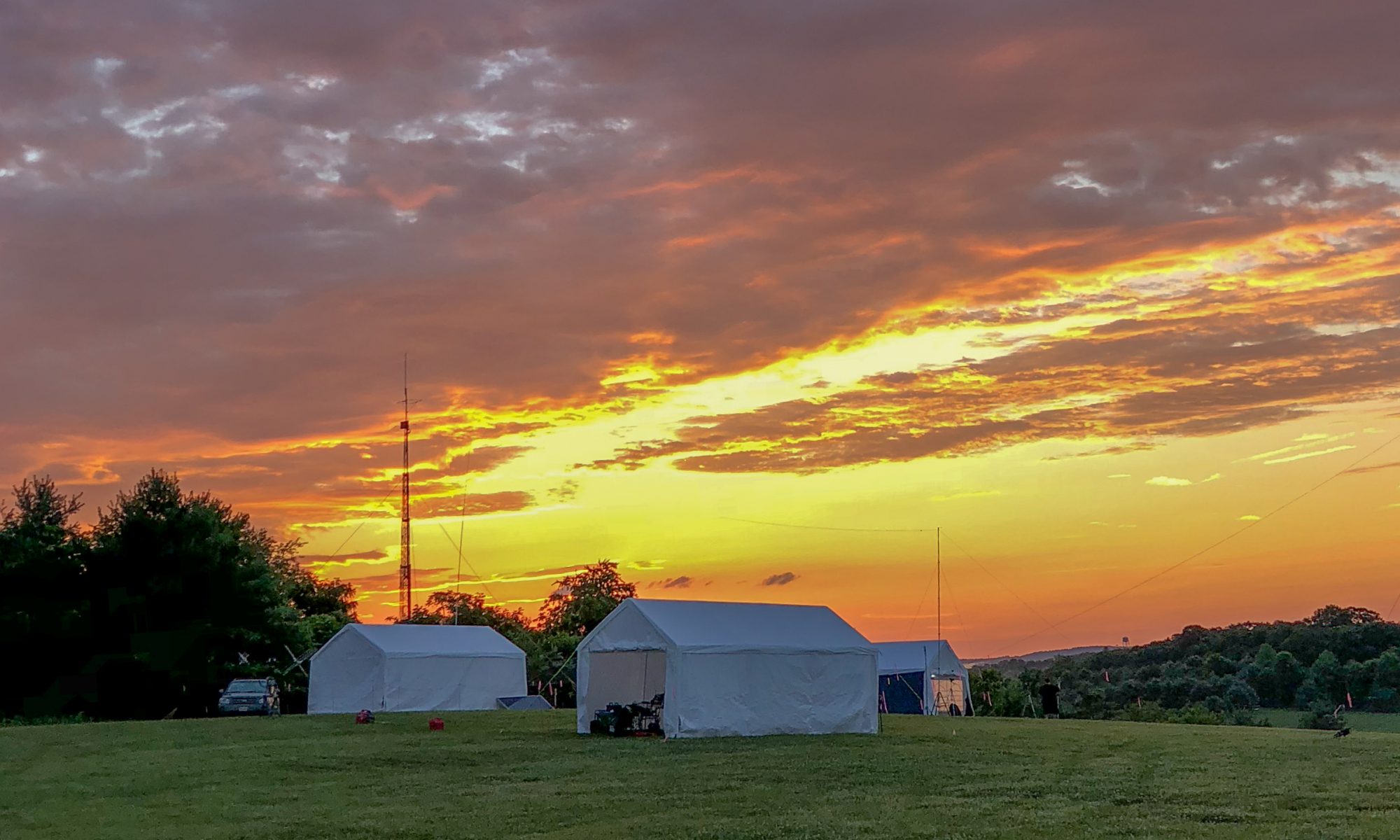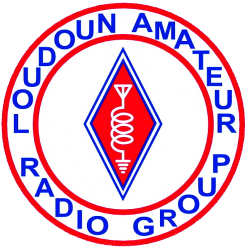This type of antenna is a popular antenna design as the performance is very good across the HF bands and requires little or no tuning. It’s a dipole fed off center with a 4:1 balun at the offset feed point. The antenna shown covers 80, 40, 20 and 10 meters. The formula can also be used to adjust the overall length to cover more or fewer bands and the resulting overall length. 160-10m, 80-10m or 40-10 meters depending on your available space. Other bands will require a tuner.
Design Parameters
For an 80-10 meter OCF dipole antenna, divide the 1⁄2 wavelength standard of 468 by the lowest operating frequency of 3.6 MHz and you arrive at an overall length of 130′. This is the length of a standard dipole but instead of dividing the result in half, use a 36/64% offset to determine the feedpoint.
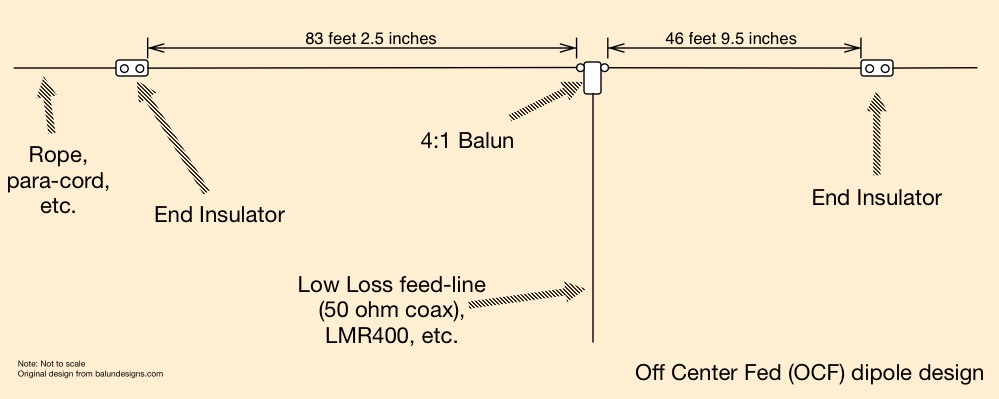
The total length of 130′ multiplied by 0.64 (64%) gives the long leg length of 83.2 feet. The short leg length is the remainder or 46.8 feet. If you prefer, you can also correct the length based on the velocity factor of the wire (.975) although this generally does not make a noticeable difference in the antenna performance.
Using a quality 4:1 balun at the feed point is crucial to the overall performance of the antenna when they are fed with coaxial cables. The feedpoint impedance at the offset is at or about 200 Ohms and the balun will provide good transformation to the coax feedline impedance of 50 Ohms. Many hams (including me for too many years) connect the center conductor of the coaxial cable to one side of the dipole, and the shield to the other. It works, but this is not good practice.
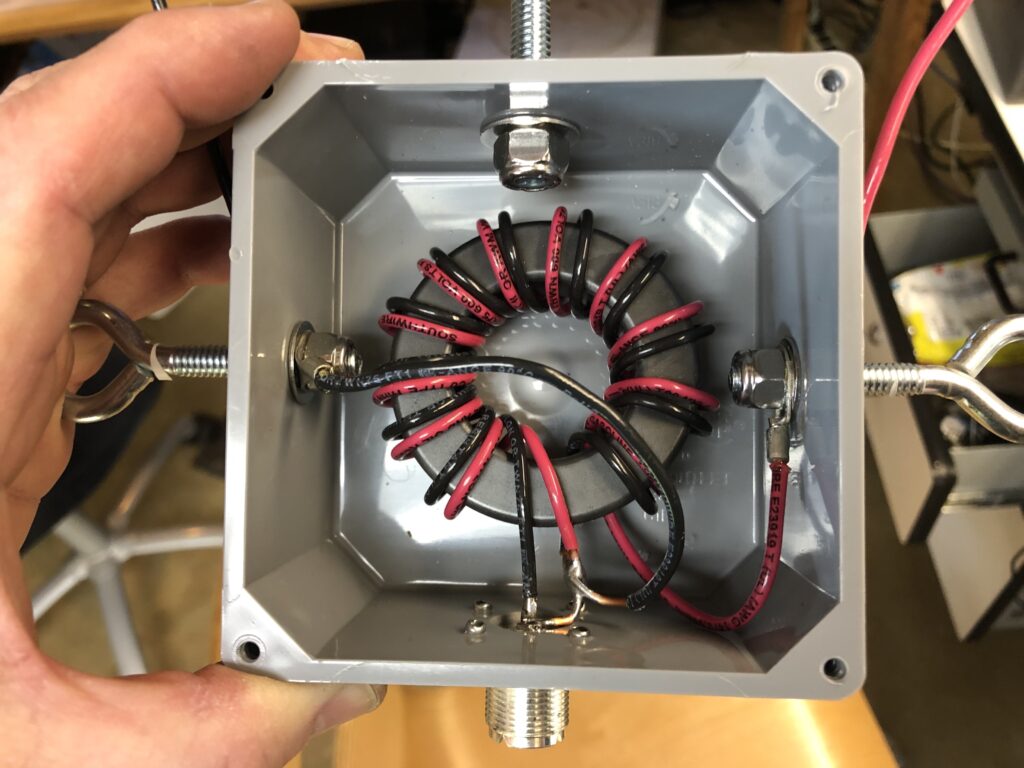
I had the components to build my own 4:1 balun so I built this the day before Christmas 2019. I bought the case from Home Depot and the eye-hooks from Ace Hardware locally. I used #14 solid wire which is 12 turns around the toroid (4 feet of #14 wire). I had the core that I bought at the Berryville Ham Fest over the summer. The photo should show how to construct the balun for yourself. There are a ton of youtube videos on how to do this. It’s easy, just takes some time. Here is a schematic of the design.
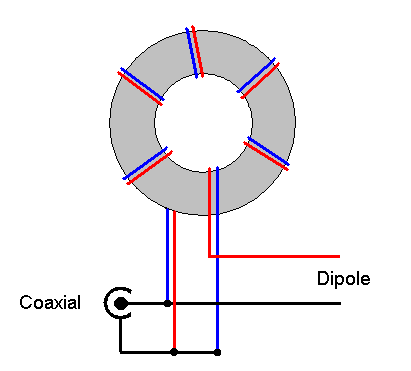
To build the OCF dipole (in this case 80-10m) cut a single length of wire to an overall size of 133′. The 3 additional feet of wire will be used to fine-tune the OCF after you install it. Next, cut the 133’ into two separate lengths of 85′ 2 ½“ and 47′ 9 ½”. Strip one end of each length, install through the balun strain relief and solder to the connecter at the balun. Now install the other end of each wire through the end insulators but leave 1 foot of wire dangling from the short length and 2 feet of wire dangling from the long length. The antenna can be installed in an inverted V configuration keeping in mind that this design changes the feedpoint impedance and will tune differently.
After installing the OCF, check the resonant frequency on or lowest SWR for 80 meters. It should be in the low portion of the 80 meter band (e.g., 3.5 MHz or lower). Now you can begin trimming small lengths of wire off each end of the OCF to obtain the lowest SWR at 3.6 MHz. Begin with no more than 6 inches in total with 4 inches removed from the long leg and 2 inches off the short leg. Be sure to trim each wire proportionately. For example, if you cut 6 inches off the long leg, cut only 3 inches off the short leg. Depending on your surroundings and antenna height, 80m may only reach an SWR of 1.8 – 2.0:1. This is normal and the higher bands will be lower.
This antenna has been calculated using 14 AWG stranded copper wire, with the jacket on. If you use bare twisted or solid copper wire, the lengths may change slightly.
I’ve used this antenna for many hours over the last couple of days with great results. Like everything else there are some things I would change when I go back and build it again. I soldered the ground lead which I would loop through the rivet instead. Minor stuff.
This information was pulled from many sources. I also watched this video on YouTube that I thought was helpful. Often, I learn from watching, not reading.
If you want to buy your own balun and/or complete antennae you can go here or here.
Hopefully this helps you build a similar antenna you can use at your own station.
73!
John
W5ODJ
